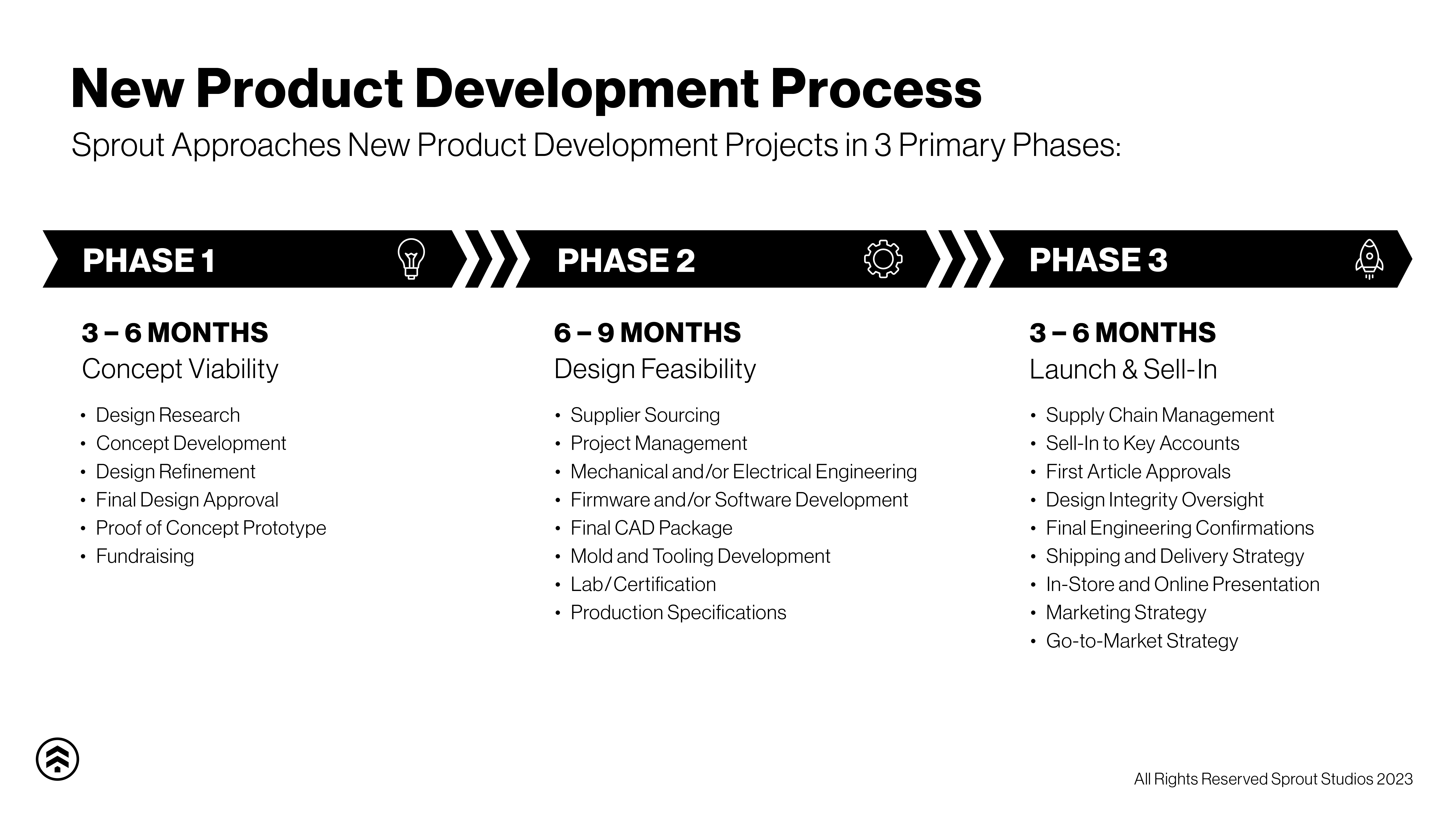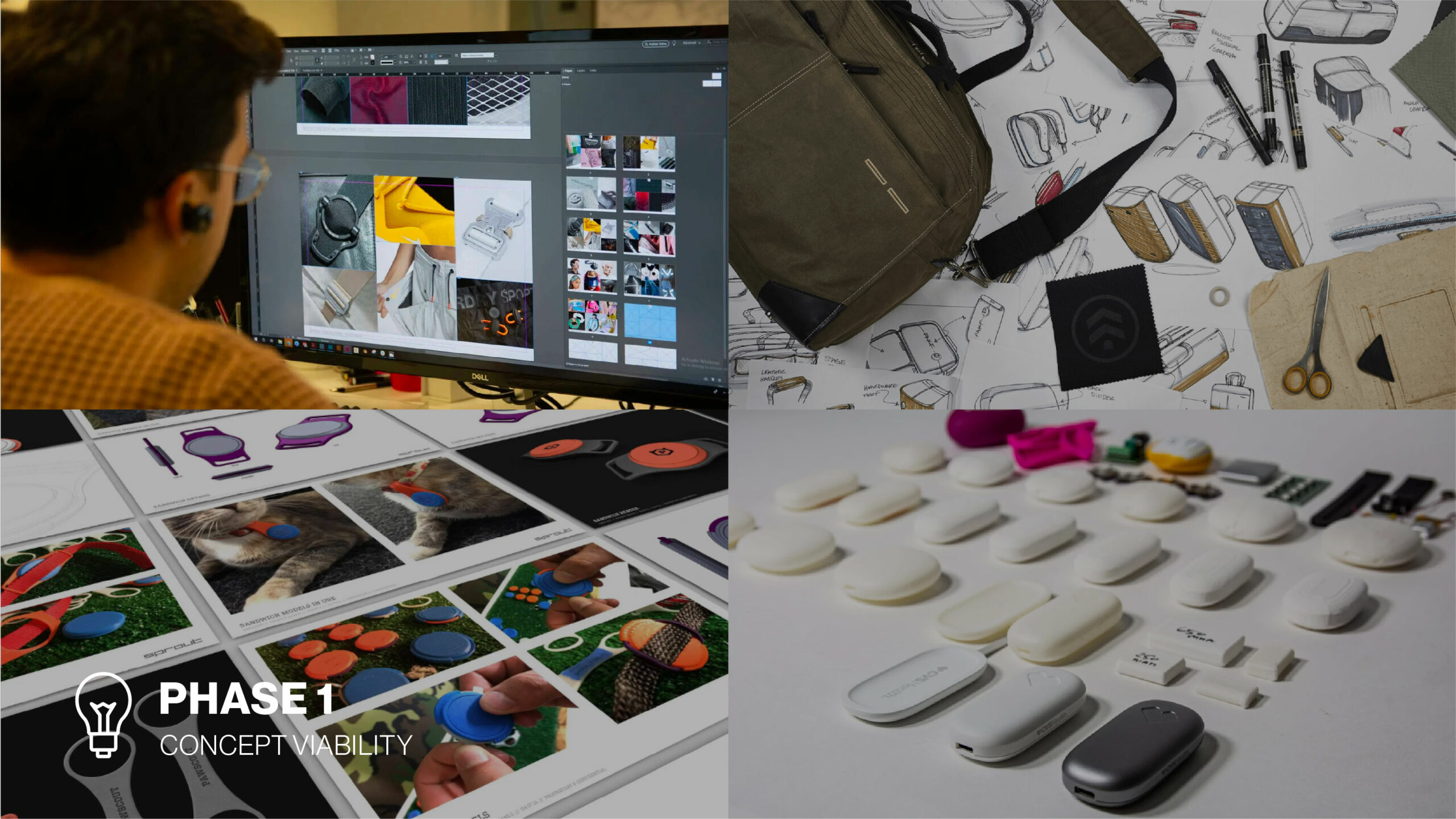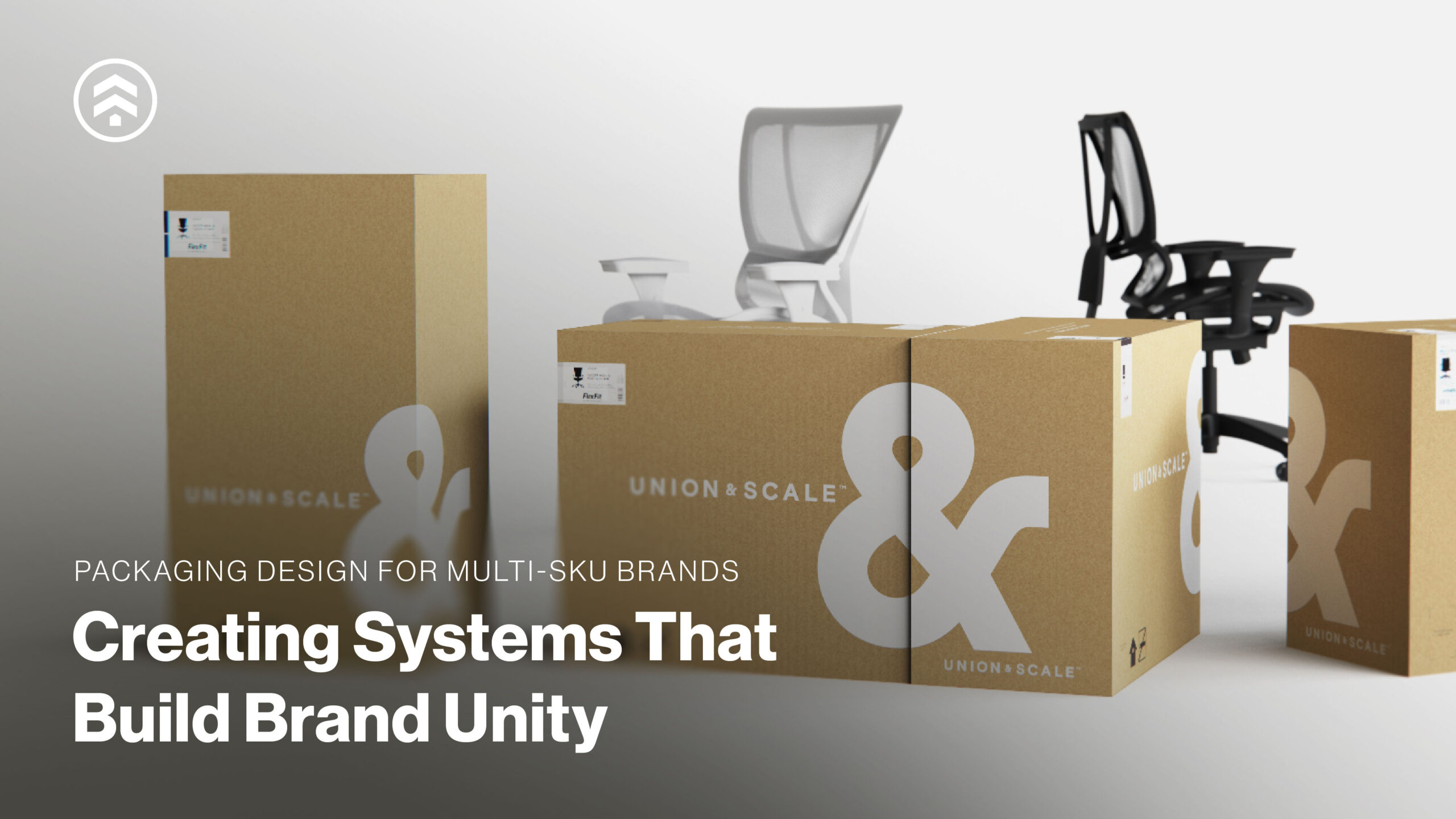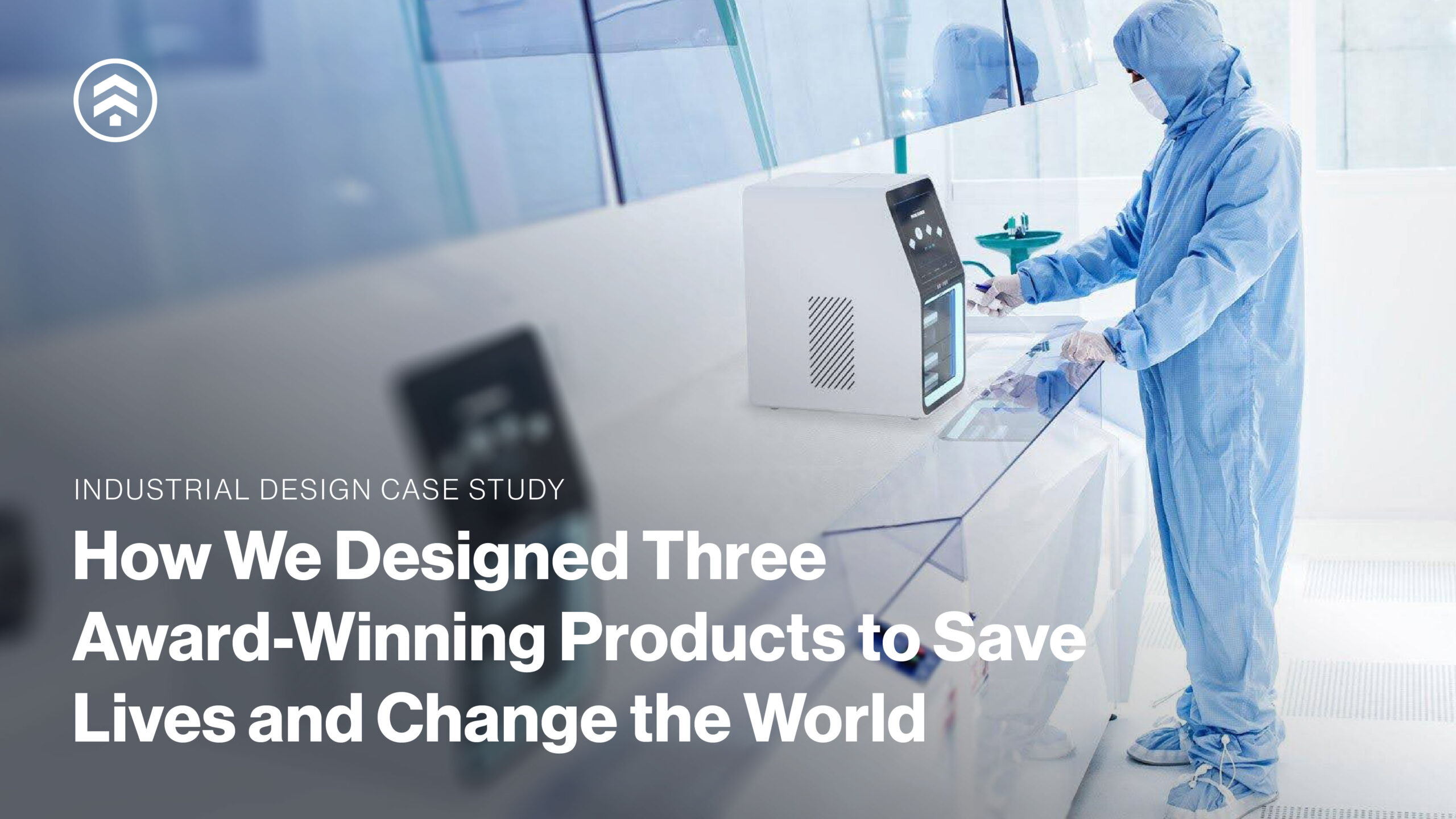The New Product Development Process

While there are many motivations to develop new products, ultimately, one reason rises above all others: Competitive Advantage. Both marketers and manufacturers alike want to compete more effectively in their marketplace. The key to achieving those advantages are often new product development initiatives that seek to satisfy consumer needs above and beyond current offerings.
Before we dive too deeply into the nature and steps of new product development, one misconception must be quickly dispelled: there is no magic elixir to accelerate the process, regardless of where the product will be designed, developed, and delivered. In most cases the timeline averages around 12-18+ months, depending on the overall complexity, needs, and details of the project. Additionally, while capital requirements vary widely with project specifics, $1-1.5 million is the standard recommended budget to successfully design, develop, and launch a new product.
Over the last 20 years, Sprout has worked with clients from Fortune 500 companies to startups and everything in-between to design a wide variety of products, and have combined that experience to internalize best practices for new product development project success from concept generation to production.
As outlined below, the product development process involves three core phases, each made up of numerous sub-phases with checks and balances that must be met before continuing on to the next. Skipping any one of those steps can result in significant issues with the project as it progresses downstream, so process continuity is critical. Sprout’s core competency is Phase 1, given our legacy as a design consultancy.

Phase 1: Concept Viability
Approximately 3-6 months
In Phase 1, the idea takes shape and the new product design is proven to show value in the marketplace and is evaluated for any specific or unknown risks.
Sub-phases include:
- P1.1 Design Research: conduct in-depth research and exploration of the product idea, the market, and areas of opportunity, target consumer/user, and the specific needs of the client and their business
- P1.2 Concept Development: ideation and brainstorming are used develop a wide range of potential solutions from mild-to-wild, with extensive collaboration to pinpoint the most impactful and user-centered solution(s) to pursue
- P1.3 Design Refinement: fine tune the approved concept, and elicit responses from target consumers/users to direct the design to its more final form
- P1.4 Final Design Approval: collect and organize the technical assets that define the new product for review by engineering and manufacturing partners
- P1.5 Proof of Concept Prototype: produce a physical sample of the approved design for review by the development team and to provide clarity of intent for the Marketing and Sales teams
- P1.6 Fundraising: develop the necessary communication assets, budget projections, and tentative production schedules to continue building capital resources that advance the new product development process



